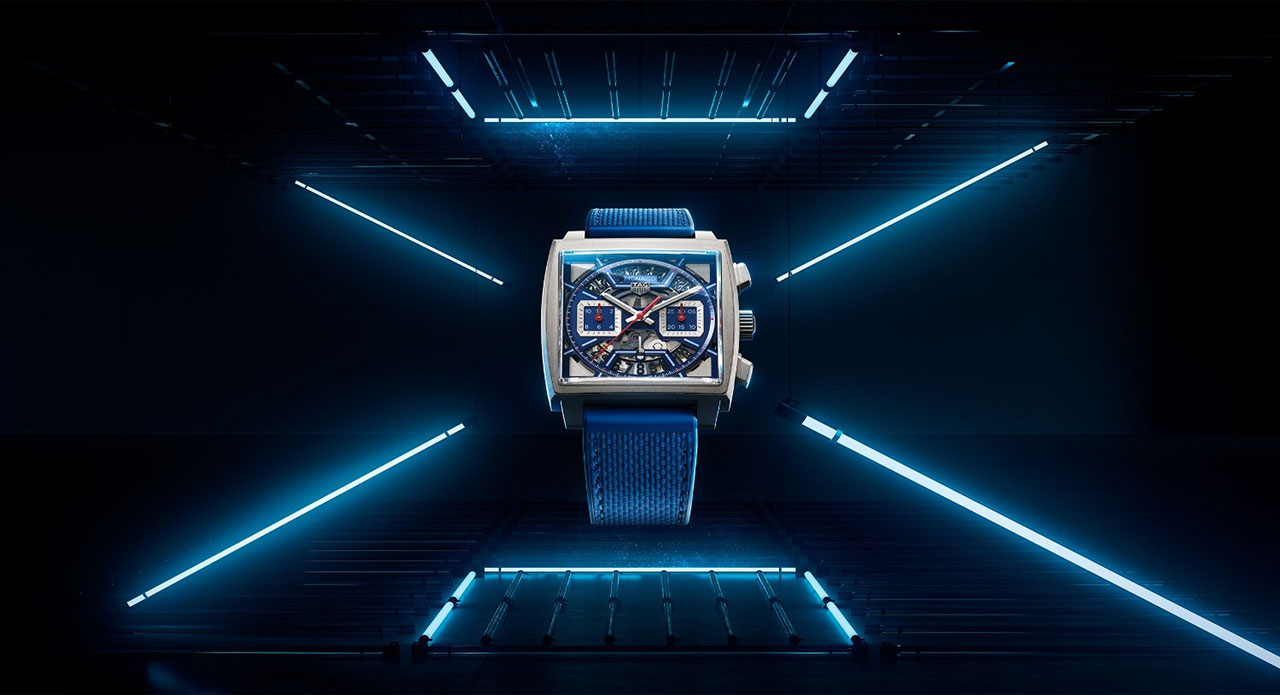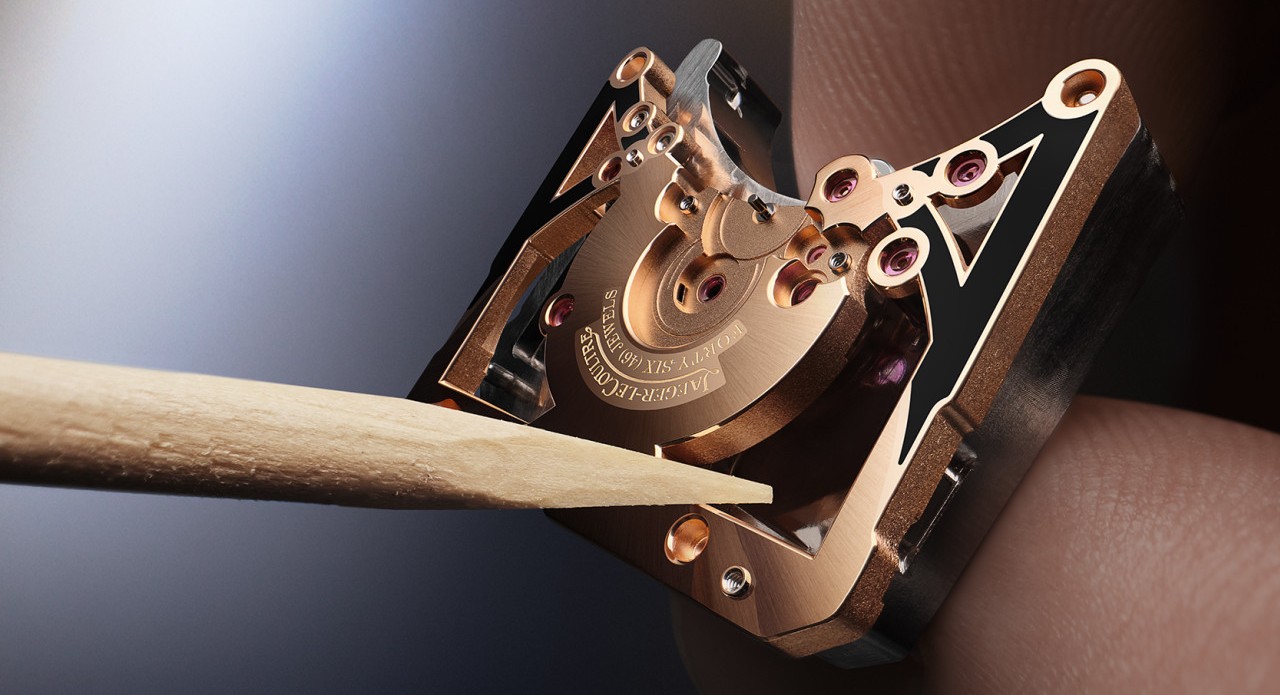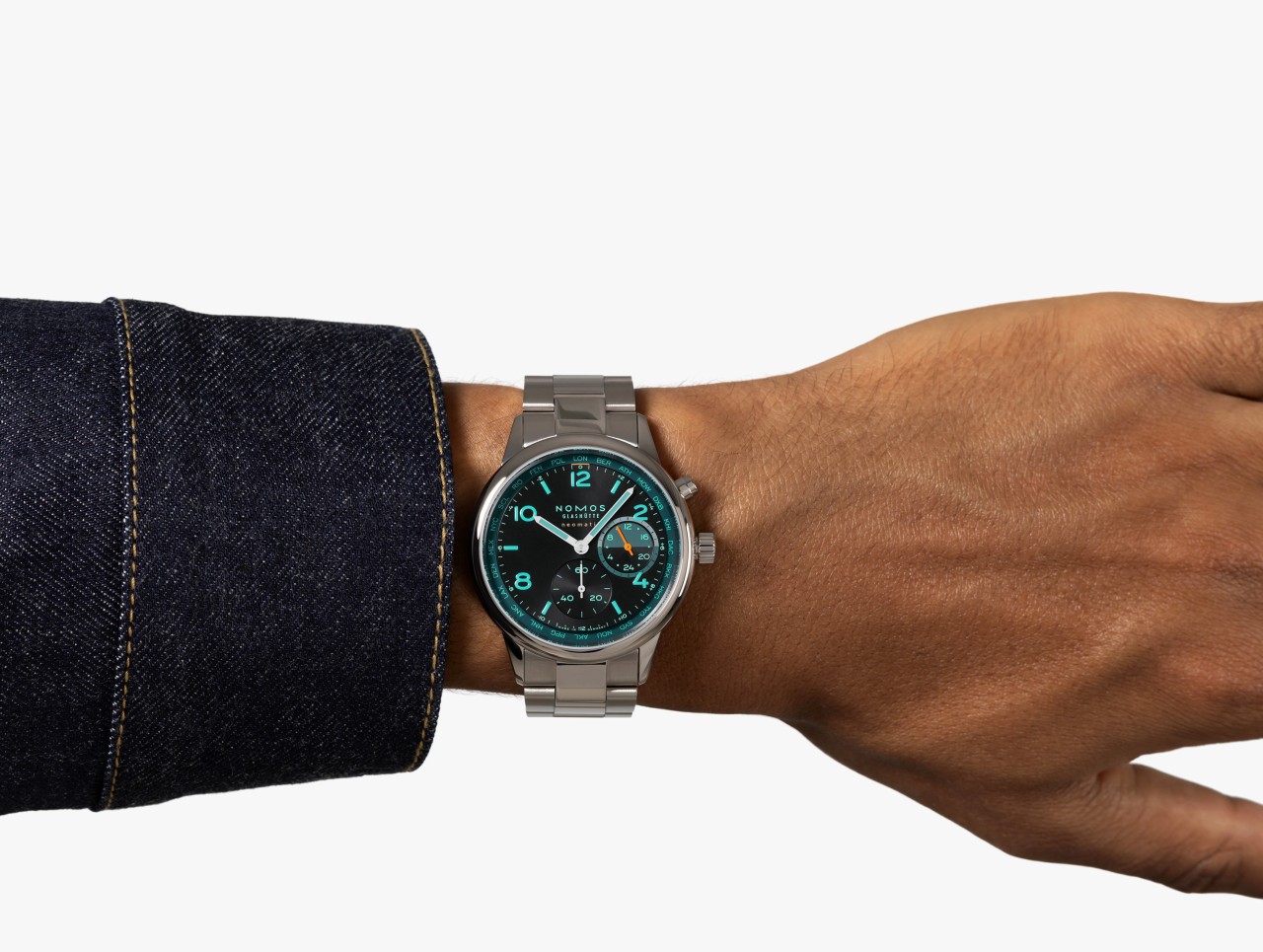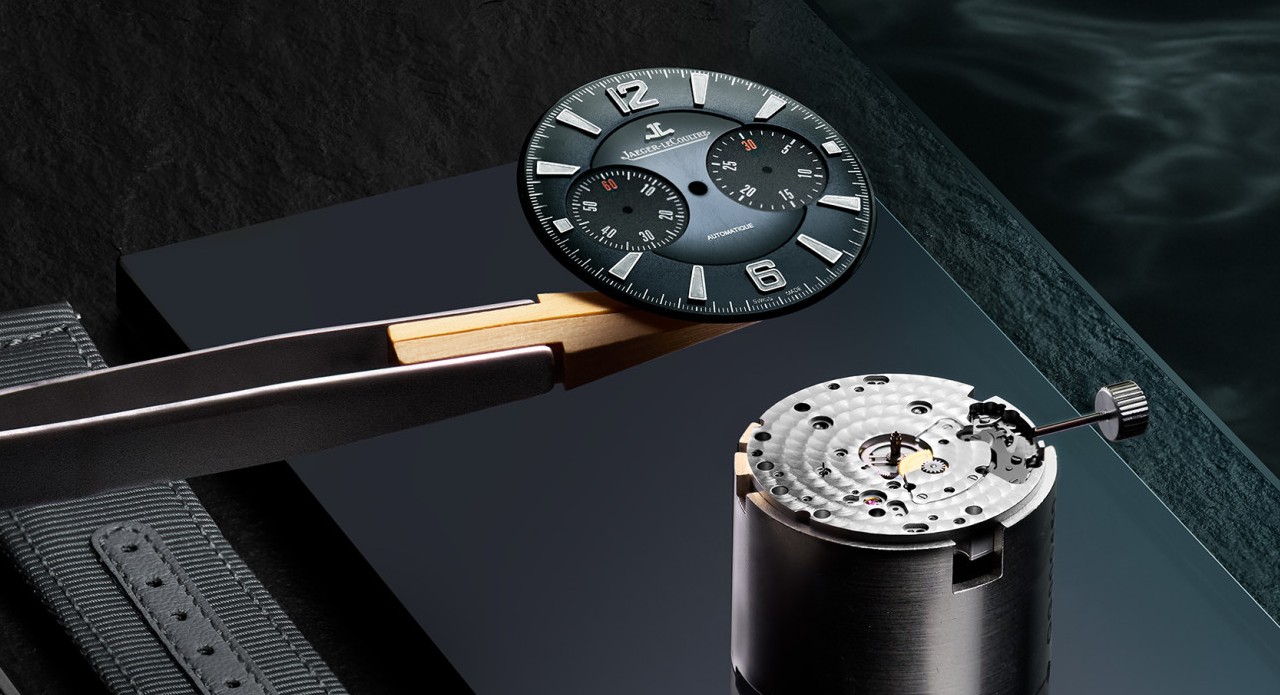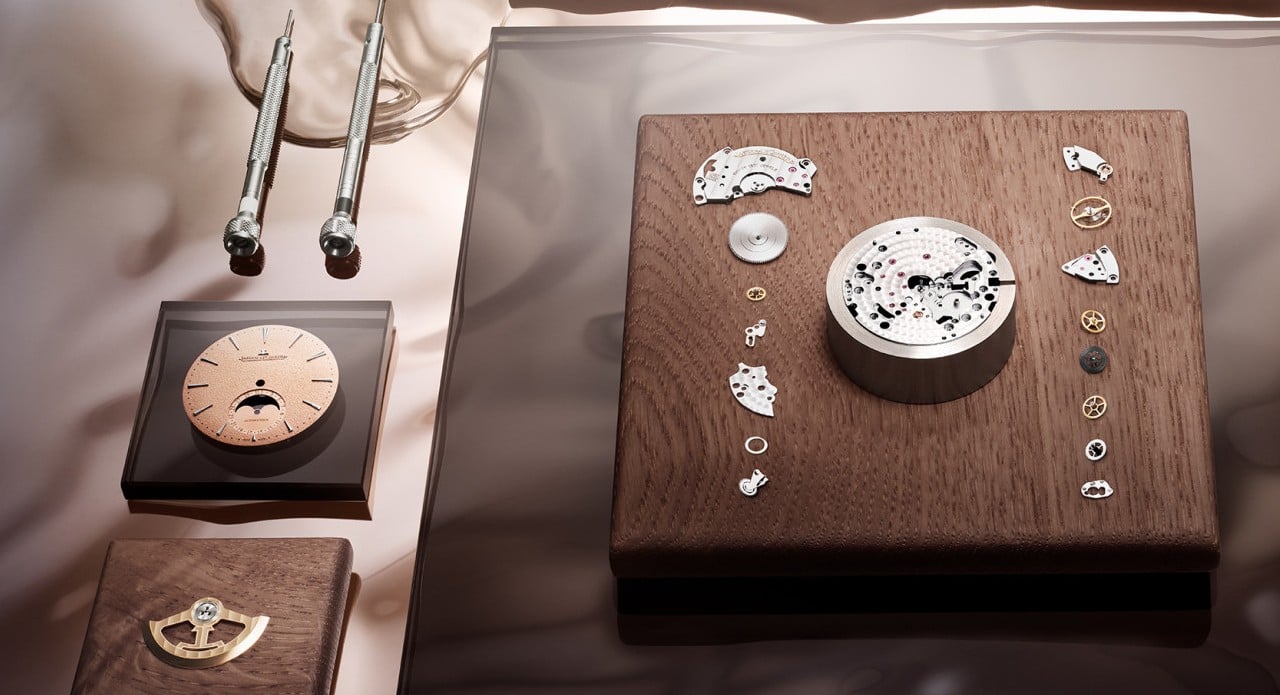There are watches that tell the time, watches that brag about it, and then there’s the TAG Heuer Monaco, a square-jawed renegade that burst into the oh-so-polite world of Swiss watchmaking like a rock star crashing a garden tea party. The Swiss, famously allergic to anything not perfectly round, must have collectively gasped into their fondue when this rebellious cube of steel showed up in 1969 wearing sharp angles, bright colours, and the swagger of a man who parks a V12 on your rose bushes because the gate was too narrow. The Monaco wasn’t just a watch; it was a raised eyebrow, a dare, a cheeky announcement that sometimes the box is the point. And more than half a century later, this gloriously unconventional square still refuses to behave, proving that a shape once dismissed as impractical could—if engineered with enough courage and chronograph magic—redefine Swiss horology altogether.
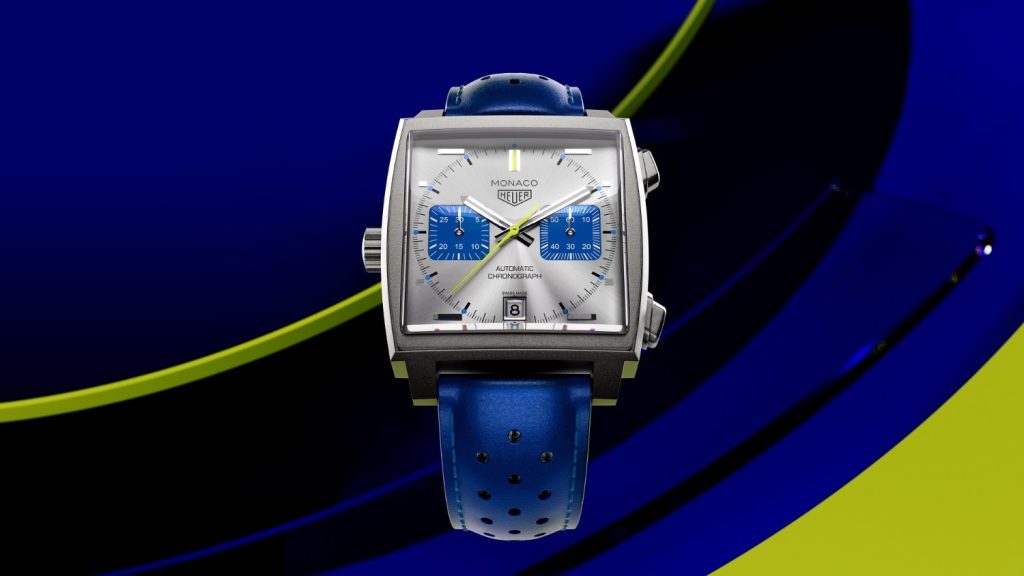
The Birth Of A Square Revolution
In the late 1960s, Swiss watchmaking was a world governed by curves. Round cases were considered the natural and only acceptable form for serious mechanical watches, especially chronographs. Then emerged Heuer with a radical idea: a waterproof square chronograph case. It was a technical nightmare by every conventional standard of the time. Square cases inherently struggled with pressure resistance, sealing uniformity, and mechanical integrity. But Jack Heuer wasn’t in the mood for conventional standards. In collaboration with case manufacturer Piquerez, the brand pioneered the first square waterproof case, a structural breakthrough that allowed the Monaco to exist at all.
The launch in 1969, along with the now-legendary automatic Calibre 11, was nothing short of a declaration of independence. For an industry rooted in tradition, the Monaco felt like a rebellious teenager refusing to cut his hair before graduation photos. And yet, its audacity became its charm.
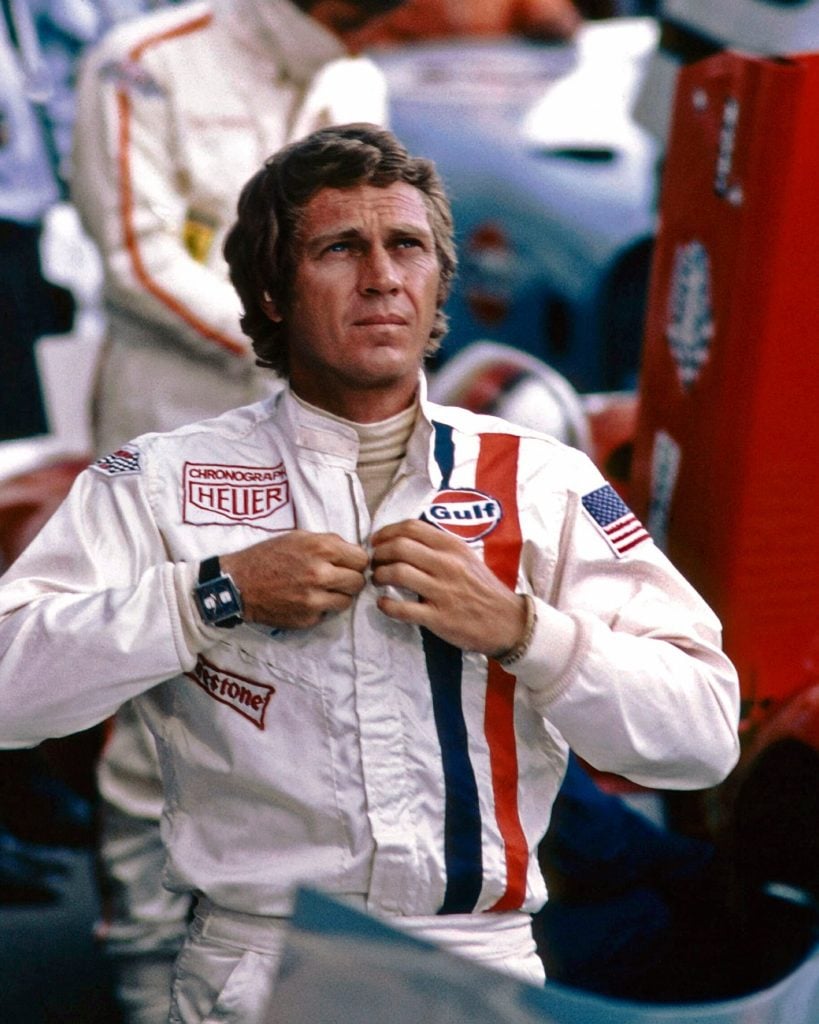
The Steve McQueen Effect That Made It Immortal
No story about the Monaco is complete without the cool blue stare of Steve McQueen. During the filming of Le Mans in 1971, the actor sported the Monaco 1133B, turning the watch into a cinematic icon. On his wrist, the square case seemed purpose-built for rebellion—an accessory that matched the grit, oil, and throttle of motorsport culture.
This wasn’t product placement engineered in a marketing boardroom. McQueen chose the watch because it felt authentic, bold, and unlike anything else. That authenticity translated into mythology. Suddenly, a once-controversial square watch became a symbol of motorsport adrenaline, cinematic cool, and fearless individuality. Swiss watchmaking couldn’t ignore it anymore. The Monaco proved that even the most unconventional shapes could become timeless when tied to a powerful cultural moment.

A Bold Design That Refused To Age
The Monaco’s design language has survived decades without losing relevance. Its sunburst blue dial, oversized subdials, left-mounted crown, and resolutely angular case created an aesthetic no round-cased chronograph could imitate. It wasn’t trying to be elegant. It wasn’t trying to be subtle. It was trying to be seen. And that visual punch became its superpower.
Over the years, TAG Heuer introduced variations—skeletonised editions, Gulf Racing stripes, titanium cases, and even in-house Heuer 02 movements—but the geometry never wavered. The Monaco stayed square because the shape is the statement. What began as a defiant design experiment evolved into a signature, instantly recognisable across the room, across the world, across time.
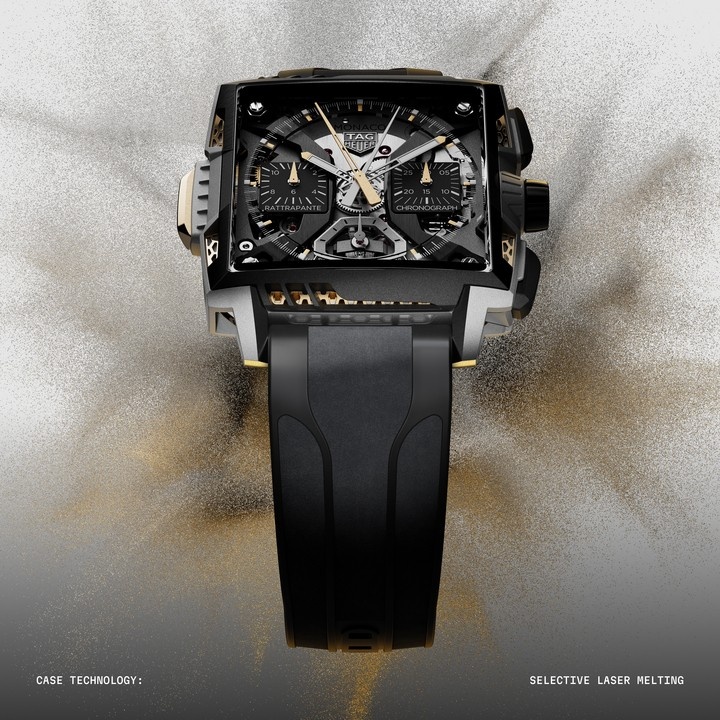
A Legacy That Continues To Influence Modern Watch Culture
In modern horology, where collectors crave authenticity and stories as much as mechanics, the Monaco remains a towering presence. Its shape makes it a conversation starter. Its history makes it a collector’s darling. Its design makes it unmistakable. And its spirit reminds the industry that greatness often requires colouring outside the lines—sometimes literally, with Gulf Racing stripes.
Today’s Monaco releases are snapped up not just by fans of motorsports or Steve McQueen, but by anyone who loves a mechanical underdog that beat the odds. The watchworld is full of round masterpieces, but only a handful of icons dared to break the geometry entirely. The Monaco didn’t just redefine square watches; it made them aspirational.
